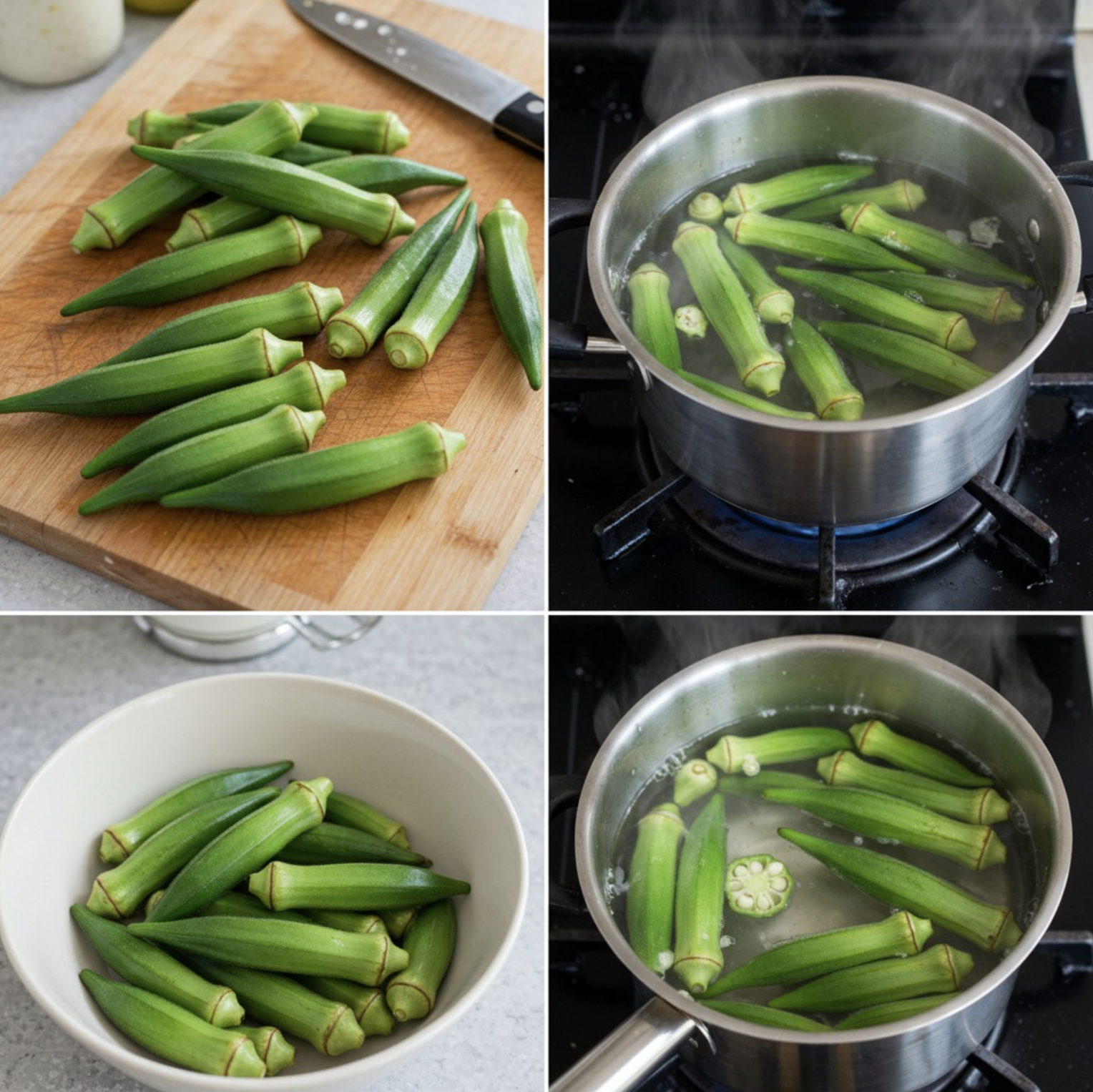A Deep Dive into the Amazing World of Okra
Okra, scientifically known as Abelmoschus esculentus, is a fascinating plant with a rich history and a surprisingly diverse range of uses. Often overlooked, this “lady’s finger” deserves a place in the spotlight, thanks to its nutritional powerhouse status and its intriguing cultural significance.
Historical Roots and Global Reach
Okra’s journey began in Ethiopia or West Africa, where evidence suggests its cultivation dates back centuries. Its journey across the globe, largely facilitated by the transatlantic slave trade, led to its prominent role in Southern U.S. cuisine and its eventual adoption into countless global culinary traditions. From the vibrant stews of West Africa to the sophisticated dishes of Japan, okra demonstrates its remarkable adaptability.
Nutritional Powerhouse: A Closer Look
Okra isn’t just delicious; it’s incredibly nutritious. Low in calories but high in essential nutrients, a single cup of raw okra provides a significant dose of vitamins A, C, and K, along with folate, magnesium, and an abundance of fiber. This impressive nutritional profile contributes to its many health benefits.
Health Benefits of Okra
The health benefits of okra are extensive. Its high fiber content promotes healthy digestion, regulating blood sugar and preventing constipation. The mucilage, a gel-like substance, helps bind to cholesterol, contributing to lower blood cholesterol levels and improved cardiovascular health. Furthermore, okra’s antioxidant properties combat oxidative stress and reduce inflammation, playing a crucial role in protecting against chronic diseases. Its folate content is particularly beneficial for pregnant women, supporting healthy fetal development.
Culinary Versatility: Exploring Okra’s Uses
Okra’s culinary versatility is truly remarkable. It can be fried, grilled, roasted, pickled, or added to soups and stews. Its mucilage acts as a natural thickening agent, making it a key ingredient in dishes like gumbo. But the culinary exploration doesn’t stop with the pods; okra’s flowers and leaves are also edible, adding further dimensions to its gastronomic potential. During times of scarcity, even the seeds were roasted and used as a caffeine-free coffee substitute.
Beyond the Plate: Okra’s Unexpected Applications
The applications of okra extend beyond the culinary realm. Its mucilage is being investigated for its potential in wastewater treatment and as a biodegradable alternative to plastic packaging, highlighting its eco-friendly potential. Even topically, okra can be used as a moisturizer for skin and hair.
Growing Your Own Okra
Growing okra is surprisingly easy. Thriving in warm climates, it requires well-drained soil and ample sunlight, producing a harvest within 50-60 days of planting. This accessibility makes it a rewarding addition to any home garden.
Conclusion: Embracing the Okra Revolution
Okra is more than just a vegetable; it’s a testament to nature’s ingenuity, a historical artifact, and a nutritional champion. Its versatility, nutritional richness, and surprising applications make it a truly remarkable plant. So, the next time you encounter okra, remember its rich history, its impressive health benefits, and its diverse culinary possibilities. Embrace the okra revolution – your taste buds and your body will thank you.
